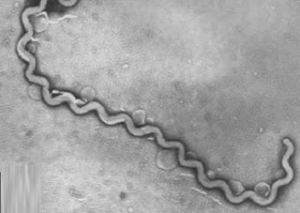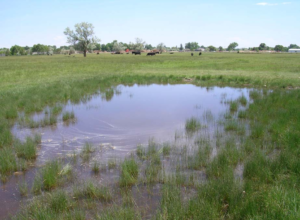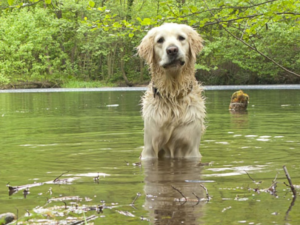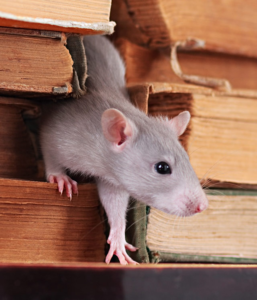Leptospirosis
Is your pet at risk?
What is it?
Leptospirosis (lepto) is a bacterial organism. It take a unique form, known as a spirochete. This lovely, curly looking bacteria looks beautiful under a microscope, but causes nasty disease in our pets.
Who can get it?
Lepto is a zoonotic disease, meaning that it can be transmitted between people and animals. All mammals are susceptible to lepto. Dogs are more susceptible to infection than cats, with cats rarely being infected. Rodents, raccoons, opossums, cattle, and horses are all possible transmitters.
How do they get it?
Lepto is transmitted most commonly through urine or through water that has been contaminated with urine. Bite wounds and consumption of infected tissue can also lead to infection. Most commonly the disease is spread through contamination of standing water. Standing water provides a perfect alkaline environment for the organism to flourish. This means pets with access to retention ponds, garden ponds, lakes etc are susceptible. We also consider dogs who like to hunt, kill wild animals, or with exposure to fields that retain enough water to keep soil damp to be at a higher risk. 
What are the symptoms?
Initially loss of appetite, lethargy, and nausea may be noticed. Fever, vomiting, joint pain, excessive drinking are noticed soon after. This progresses to fever, kidney failure, and in some cases liver failure. Excessive bleeding (due to low platelet count) and jaundice may also be noticed as liver failure progresses.
How is Lepto diagnosed?
Lepto is diagnosed based on clinical signs, and confirmed by a blood test. It can be difficult to diagnose, as blood must be sent to an outside laboratory. 
How is this disease treated?
The bacteria itself is treated with an antibiotic that is effective against this type of bacteria. However, very often sick pets require intensive care for several days as they combat the kidney and liver complications associated with infection. This often requires GI protectants, IV fluids, symptomatic care for vomiting and nausea, and in severe cases plasma transfusions.
Can this disease be prevented?
There is a vaccination for Leptospirosis. Your veterinarian will evaluate your pet’s risks and recommended vaccination to those at risk of exposure. Those considered to be at high risk are pets with access to a retention pond, standing water, farm land or backyards that frequently have wet soil due to standing water, and animals who tend to hunt and kill wildlife. Additionally, preventing standing water and discouraging rodent populations in areas that pets have access to can prevent exposure to the bacteria.
Vaccine Considerations:
The Leptospirosis vaccine has been historically thought to cause a greater incidence of vaccine reactions, which causes many veterinarians to consider it appropriate to separate this vaccine from other vaccines. Although evidence supporting increased risk of lepto vaccine reactions as compared to other vaccines has not been supported, many veterinarians do still consider giving the lepto vaccine separate from other vaccines to be an appropriate standard of care. 
Can I get it?
Yes. Although some infections in people are self limiting, infection can be severe and even fatal. Veterinary staff are trained to take precautions to disinfect appropriately to prevent spread between pets, and also to prevent spread to humans. Owners who have an infected pet should be careful to wear gloves when handling the pet during the shedding period!









